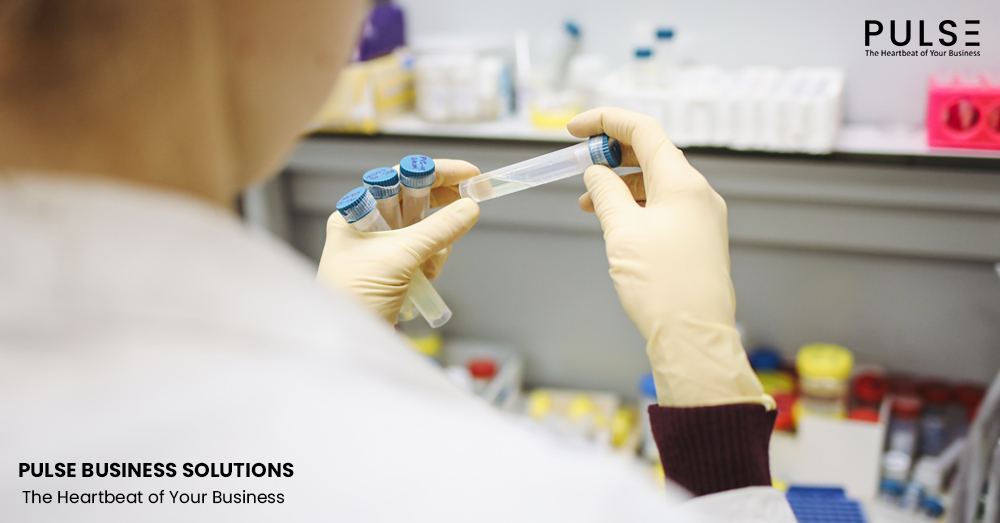Ensuring compliance with good manufacturing practices (GMPs) is the bedrock of product strength and quality. Furthermore, the FDA emphasizes that adherence to GMPs can prevent supply disruptions, especially in products like prescription drugs. Products must be manufactured with sufficient speed and quality to consistently meet market demands over sustained periods of time.
Personnel qualification is a critical factor in implementing GMPs, ensuring that the quality systems are supported at every level of the organization. This has led to a demand for management information specialists, especially those with a university qualification. In order to meet this demand more higher education institutions are providing online management information systems programs that open the field up to a much wider pool of graduates. These courses focus on operating emergent technologies and gathering insights from databases. Employees adequately trained in these and similar programs are thus qualified to help you identify system weaknesses and increase regulatory scrutiny so that the GMPs in place are optimized for financial and performance success.
The application of GMP, therefore, benefits consumers who expect the products they buy to be accessible, safe, and effective and also enables companies to succeed and maintain their brand reputation. Whether in the food, cosmetics, or pharmaceutical industry, here’s how to ensure that the GMPs you implement are always up to standard.
Regulating the equipment and facilities
To ensure GMP compliance, a safe and highly regulated environment is a top priority. Proper sanitation and hygiene aim to prevent pollution, contamination, and waste buildup, but it’s not as simple as it seems. For example, the sanitation of food processing facilities involves the use of sanitizer that is food-grade and approved for use on food contact surfaces. Additionally, although options like chlorine dioxide gas can effectively sanitize and disinfect, they can only be handled by trained and experienced staff.
As facility design also falls under premises, as one of the basic GMP principles, even the construction and placement of your production area’s drains, passageways, and HVAC systems can complicate the cleaning and sanitizing processes. Equipment and facilities must also be thoroughly checked to identify what needs to be replaced, repaired, or removed before they malfunction and thus disrupt the entire production process.
Reducing the risk of human error
The cost of human error in the pharmaceutical industry is estimated to lie between $2.2 million and $150 million per year. Beyond the financial costs, unregulated performance can also incur intangible costs to your company’s reputation.
Even when your materials and premises are working correctly, you cannot completely eliminate the risk of human error. You can reduce these errors by ensuring that the staff managing your systems and processes, whether automated or manual, have the adequate background and experience. Beyond training and re-training, organizations must invest in robust documentation to see at which step of the process the error occurred and how the root cause can be remediated accordingly. For example, there is a huge difference between a deviation happening because the standard operating procedures (SOPs) were not readily accessible by the staff, versus a latent failure caused by physical fatigue and long working hours.
Understanding the certification process
While implementing GMP already benefits your company, you can further exceed the standards by looking into certifications such as the International Organization for Standardization’s (ISO) ISO 9001. Technically, the ISO 9001 certification is focused on quality management systems rather than the products or services, but it can still serve as a roadmap for identifying which resources you need and which direction your company must head toward. There are guidelines for leadership, risk assessment, and customer satisfaction so you can offer reliability and assurance to investors, vendors, and clients, whether locally or globally. Most importantly, it aligns with the GMP in minimizing product errors, mix-ups, and shortages so that you can deliver and meet demands consistently.
Scheduling regular audits and inspections
Finally, self-awareness is crucial to ensuring better outcomes for your company. With the help of carefully created checklists from Pulse, you can become more equipped to conduct inspections for all aspects of manufacturing: from the site, machinery, and equipment to a health and safety risk assessment. Our digitized services mean you can get real-time data on your manufacturing activities and processes, and thus take action immediately if any weakness or
noncompliance is detected. When you consistently document errors and conduct internal audits, you gain a
repository of knowledge that you can refer back to as your company continues to operate and grow.
